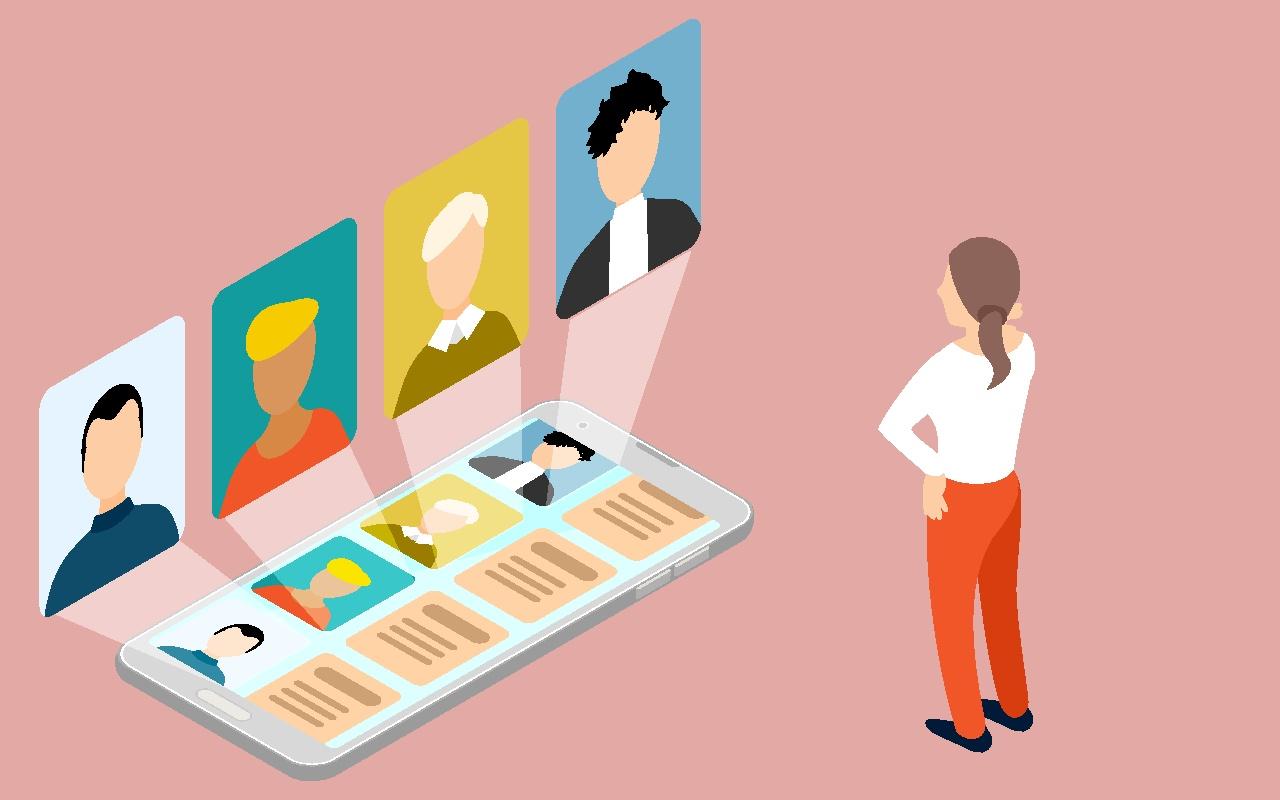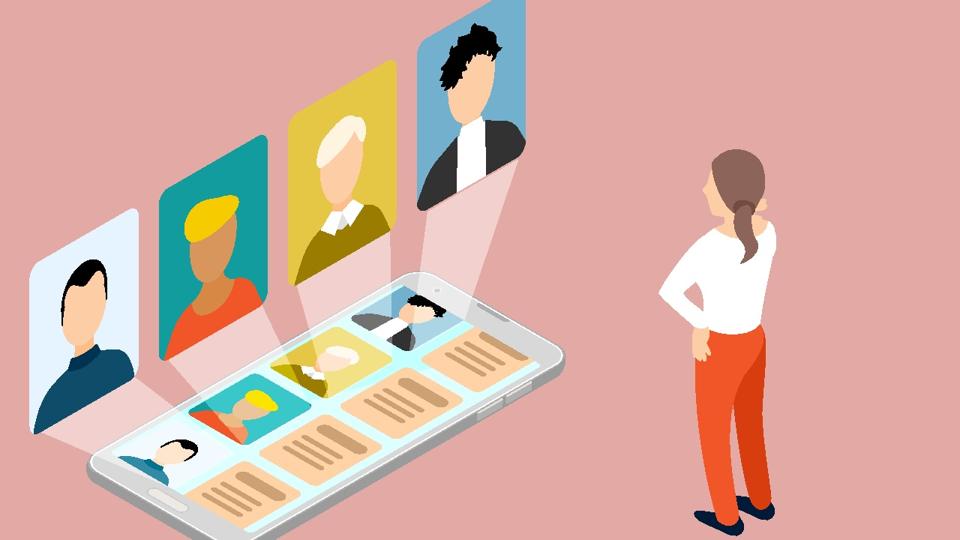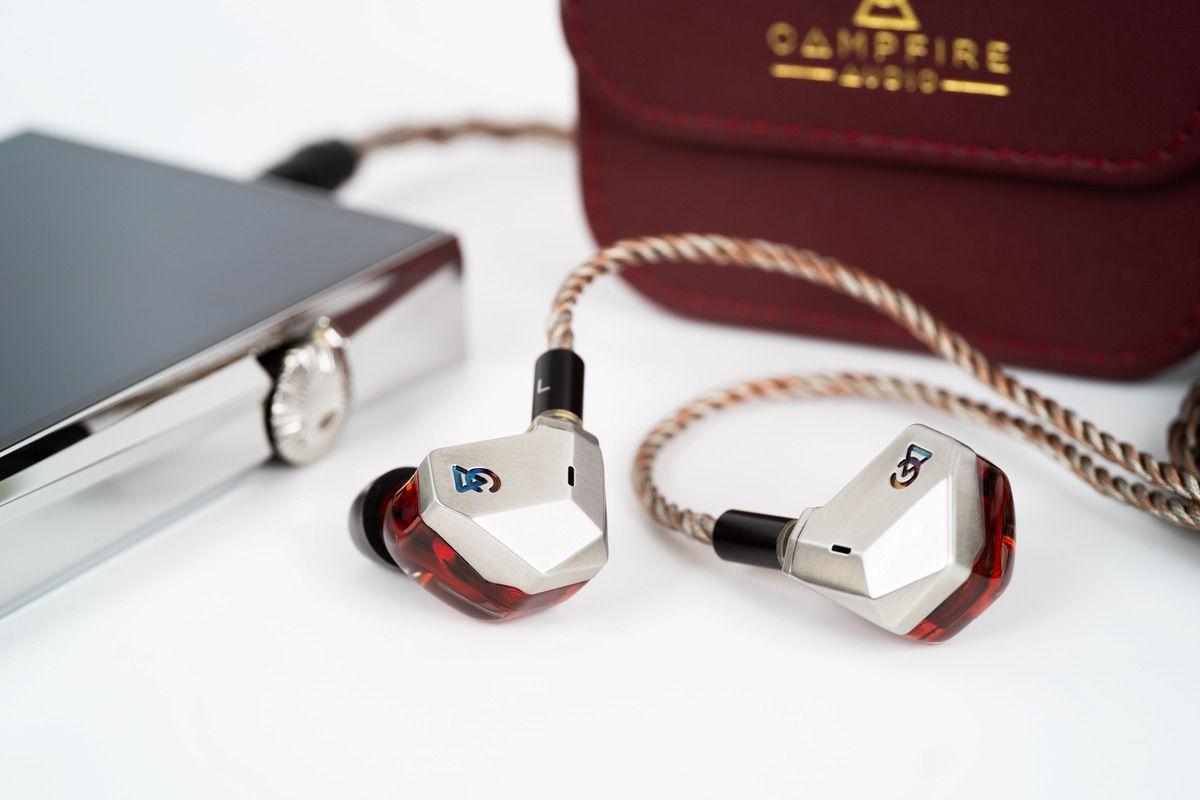Most of us claim to have a “type,” but what does that really mean? New research reveals how your patterns of attraction may be shaping love a lot more than you realize.
getty
Chances are that you, or someone you know, have joked about having a “type” at some point or another. Perhaps you’re into the “tall, dark and handsome” or “femme fatale” types, whereas your friends are into “cute nerds” or “sexy librarians.”
Irrespective of their finer details, these varying notions of “types” have always carried a certain degree of ambiguity. Are they just a shorthand for what we tend to find attractive in others? Or do they actively shape the way we pursue certain relationships and, consequently, how we treat our partners?
A recent May 2025 study published in Personality and Social Psychology Bulletin took an experimental approach to find the answer to this question. However, lead researchers Ariana da Silva Frost and Paul Eastwick weren’t interested in simply asking people what they looked for in a partner. Instead, they intentionally manipulated participants’ ideal preferences in order to see what exactly would change — if anything.
Here’s what they found.
Why Our ‘Types’ Matter
“Romantic types” aren’t a novel interest to research psychologists. Academics have been fascinated for decades by what people proclaim to want in a partner. In turn, they’ve been able to deduce which kinds of traits (like kindness, intelligence or physical attractiveness) tend to sit on top of these lists. Even further explorative studies have also been able to link these ideals, with great consistency, to certain relationship outcomes.
The findings of these studies have given us ample reason to believe that the closer one’s partner seems to their ideal “type,” the more likely they are to feel satisfied and committed within an eventual relationship with that partner.
The issue, however, is that essentially all of this research is correlational in nature; we have no idea whether or not there’s a cause-and-effect relationship between our types and our relationship outcomes.
For instance, if someone says they value kindness, and goes on to rate their partner as being a kind person, are they actually happier because of the trait in and of itself? Or, could it be that they simply project positivity onto their partner because they want the relationship to work? That is, do our ideals cause satisfaction, or do they just so happen to mirror it?
That wide gap in literature is precisely what da Silva Frost and Eastwick sought to fill, designing an experiment that extended beyond correlation and into causation. As such, they asked: If we were to somehow change someone’s ideals and preferences, would we also see a change in their personal perceptions and behavior?
To test this hypothesis, da Silva Frost and Eastwick devised a gamified dating simulation, which they called “DateFest.” In short, over 3, 600 participants across two massive studies played a game in which they were introduced to 24 potential partners. Thereafter, the participants were asked whether or not they’d be willing to go on a hypothetical date with each of them.
The caveat, however, is that this game was rigged in secret.
For one group of participants, choosing potential partners with a particular trait led specifically to a positive outcome — and for the other group, negative or neutral outcomes. The goal of the study was to see whether or not participants could be coaxed into valuing a specific trait more purely based on experience alone.
But, in the first study, the specific trait was entirely made up; it was disguised under a spurious label (“Reditry”), which fictitiously referred to what would actually just be called “babyfacedness” or “youthfulness.” And in the second study, the researchers dropped the invented term in favor of explicitly using the word “youthfulness.”
Once the game was over, the participants were then presented with surveys about their romantic ideals, their current partners and even other people in their lives. This strategic setup gave the researchers access to whether or not the manipulated preferences managed to carry over into the participants’ real-world perceptions.
Overall, the researchers were weighing four main possibilities based on the survey results:
- Motivated projection. If participants started to view a trait as valuable, they would then start seeing it in their current partner — even if it wasn’t objectively true.
- Situation selection. If participants started to view a trait as valuable, they would put themselves in spaces where they’d be more likely to find partners who match that preference.
- Perceiver effects. If participants started to view a trait as valuable, this would influence how they saw themselves, their friends and possibly even strangers.
- Preference-matching. If participants started to view a trait as valuable, they’d be happier if their partner very objectively matched that ideal.
Each of these four hypotheses have appeal in an intuitive sense:
- If you’ve ever, for instance, thought that your partner has to be “the funniest person you know,” you may have since started to project that internal ideal onto them.
- Similarly, if you’ve ever joined a dating app because you like ambitious people, and the app seems to be full of them, then you’ve engaged in situation selection.
- And if you believe your friends are especially witty — which just so happens to be a trait you admire — then perceiver effects could also be at play in your life.
- Preference-matching, on the other hand, is the simplest and most intuitive of all; it’s fair to say that we’re happiest when our ideals and our reality align perfectly.
Do People Really Have A Type?
Based on da Silva Frost and Eastwick’s findings, the strongest support emerged for the motivated projection hypothesis. That is, across both of the studies, participants who had been led to value the fake trait were more likely to rate their actual partner as possessing it.
Of course, in reality, their partner hadn’t magically changed overnight; the game simply caused their perception to shift.
Similarly, the study also showed there to be consistent support for the hypothesis of situation selection. Those who came to value “Reditry” more strongly were suddenly very interested in joining a hypothetical dating website filled with youthful partners. In other words, their newfound “type” guided their imagined behavior.
Evidence for the hypothesis on perceiver effects, on the other hand, was somewhat mixed. Those who were nudged toward valuing youthfulness saw more of it in themselves and in their friends. However, this didn’t necessarily apply to strangers, nor to people that they disliked. Their idealistic lens only seemed to hone in on those who were familiarly and positively viewed, rather than neutral or negatively viewed people.
The support for the preference-matching model was surprisingly weak. Specifically, when the trait was called “Reditry,” there was indeed evidence that satisfaction increased if partners were perceived to have it. But, as soon as the label shifted to “youthfulness,” the effect no longer applied.
The authors came to suspect that real-world traits may be more resistant to reinterpretation, which led preference-matching to be less robust than what they initially believed.
What This Means For Relationships
If you take each of these findings together, you’ll come to see that your romantic “type” is likely a lot more than an abstract checklist of characteristics. As the research shows, they can very actively shape the ways in which your love life can potentially play out.
If you were to elevate a trait in your mental hierarchy — to start seeing it as more appealing or desirable — then you’re likely to start looking for it and actually seeing it in those around you. Even if the evidence for its presence is a bit ambiguous, you’ll suddenly notice it more often: in your partner, your friends and maybe even yourself.
The same applies to the ways you interpret those traits themselves. For instance, you may have once viewed your partner’s “youthful energy” as a sign of immaturity. However, if you’re given reason to believe that “youthfulness” is now something desirable, then that immaturity can inexplicably start to look more like vitality, or as them being adventurous.
So, does this completely overhaul the validity of having romantic preferences? Can we even still claim to actually have a type with any confidence? The answer seems to be yes — but not in the way we’ve been led so long to believe.
These new findings seem to suggest that our types aren’t fixed categories, tattooed permanently in our minds. Rather, we should start viewing them instead as we would a “filter:” a lens through which we see our partners, which guides us as to where we should invest our romantic efforts.
This, strangely, is both humbling and freeing. Humbling, as it seemingly suggests that we’re not nearly as rational as we like to give ourselves credit for. Our preferences mold reality almost just as much as our reality molds them. But freeing, as it speaks to how flexible humans are in their ideals. What we learn to value can, in time, change what we learn to love.
So, the next time you catch yourself insisting that you don’t have a type (or, on the other hand, that you definitely do) it might be worthwhile to reconsider what the word “type” actually means. For so long, we’ve treated it as a prescriptive formula for who we’re supposed to want and why.
But, perhaps it’s more descriptive. Maybe it’s merely a reflection of who we’ve chosen, what we’ve come to value and how love has changed us over time.
Has your having a “type” led to a great relationship? Take this science-backed test to find out: Relationship Flourishing Scale









